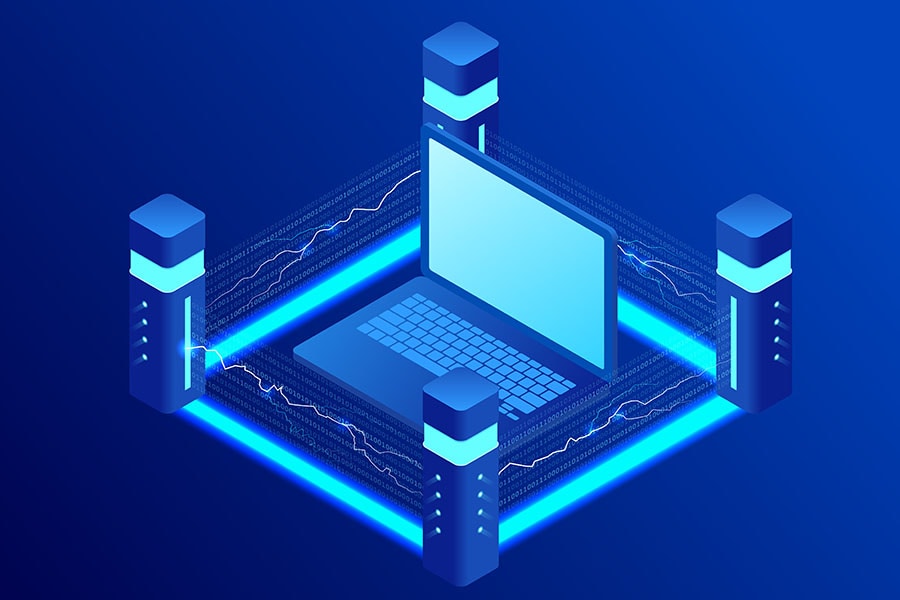
Cyber-threat information sharing cooperative: Need of the hour
In a competitive corporate world, mostly driven by commercial interests, no stakeholder alone can sustainably identify and address all the cyber threats of the fast‐changing digital landscape. A cooperative becomes need of the hour to improve the overall collective cyber-resilience of the digital ecosystem
 In a competitive corporate world, mostly driven by commercial interests, no stakeholder alone can and/or will sustainably identify and address all the cyber threats of the fast‐changing digital landscape
Image: Shutterstock
In a competitive corporate world, mostly driven by commercial interests, no stakeholder alone can and/or will sustainably identify and address all the cyber threats of the fast‐changing digital landscape
Image: Shutterstock
Intelligence sharing between stakeholders of cybersecurity is perhaps the most salient challenge that has been hard enough for them to resolve together. If resolved, it would significantly benefit the improvement in cybersecurity overnight. The scale and complexity of the challenge are such that organisations will need to understand cyber-risks caused by threats in minute detail to minimise the annual trillion-dollar loss impact cyber-breaches induce in the Fourth Industrial revolution.
In a competitive corporate world, mostly driven by commercial interests, no stakeholder alone can and/or will sustainably identify and address all the cyber threats of the fast‐changing digital landscape. Catalyzed by strict regulations, a foundational cyber-threat sharing ‘cooperative’ among cybersecurity stakeholders ensuring trusted, secure, and scalable cyber information sharing is the need of the hour. The concept of the sharing ‘cooperative’ will enable competitive enterprises to cooperate on detecting and deterring threat actors —subsequently improving their cyber-defence capabilities, at the same time improving the overall collective cyber-resilience of the digital ecosystem.
However, there is no standard approach to form this ‘cooperative’ as they are determined by factors specific to business sectors and the effectiveness of cyber-governance applicable to those sectors. Nonetheless, according to the World Economic Forum (WEF), the typical cyber-threat-related information that is necessary to gather are:
- the anomalous activity are we seeing,
- the time-space coordinates of where a certain cyber-threat is seen,
- the system weaknesses cyber-threat exploits,
- the potential cyber-threat actors for a given threat,
- the possible cyber-threats that may accompany any network system and their rationale points,
- the modus operandi of a cyber-threat, and
- possible threat-mitigation approaches.
One must note that trust and privacy-induced jurisdictional and cross-sector collaboration barriers will remain in any ‘cooperative’ ecosystem. Address it to increase the effectiveness of information sharing and promote greater cyber-resilience. In terms of the existence of information-sharing ‘cooperative’ models, progress has been made in the last decade through the formation of multiple ISACs, such as:
- Financial Services Information Sharing and Analysis Center (FS-ISAC),
- Cyber Threat Alliance (CTA),
- Computer Incident Response Center for Civil Society (CiviCERT),
- Mining and Metals Information Sharing and Analysis Center (MM-ISAC),
- Telecommunication Information Sharing and Analysis Center (T-ISAC),
- European Police Office (Europol),
- National Cyber Forensics and Training Alliance (NCFTA), and
- Microsoft Digital Crimes Unit.
However, the information collection volumes leave a lot to be desired. To this end, we first state five barriers to the progress of collecting greater information.
[This article has been published with permission from IIM Calcutta. www.iimcal.ac.in Views expressed are personal.]







